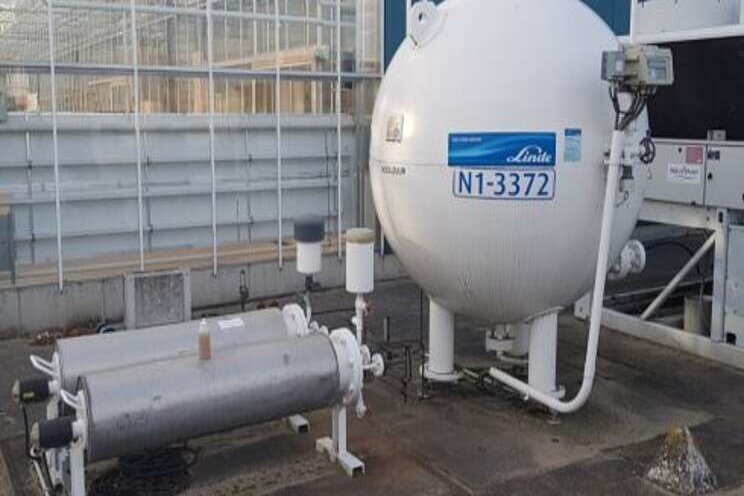Demonstration trial reduced CO2 dosing
Added on 25 March 2020

<section style="margin: 0px; padding: 0px; border: 0px; font-style: normal; font-variant-ligatures: normal; font-variant-caps: normal; font-variant-numeric: inherit; font-variant-east-asian: inherit; font-weight: 400; font-stretch: inherit; font-size: 13px; line-height: inherit; font-family: verdana, sans-serif; vertical-align: baseline; display: block; color: rgb(51, 51, 51); letter-spacing: normal; orphans: 2; text-align: start; text-indent: 0px; text-transform: none; white-space: normal; widows: 2; word-spacing: 0px; -webkit-text-stroke-width: 0px; background-color: rgb(255, 255, 255); text-decoration-style: initial; text-decoration-color: initial;">
Therefore, Wageningen University & Research, business unit Greenhouse Horticulture started a demonstration trial with a tomato crop in December 2019 to study the effects of reduced CO2 supply on crop yield and quality.
The research goal is to decrease the loss of CO2 due to ventilation, and to create a crop that is adapting to lower CO2 concentrations, resulting in a greenhouse system with a higher efficiency in CO2 utilization. The annual amount of CO2 supplied will be comparable to commercial practice, and amounts that are half or a quarter of this figure. Each of these treatments will be applied in one compartment. CO2 will be supplied as efficiently as possible, and all CO2 fluxes will be monitored and modelled.
Crop and climate management will be according to the new way of growing (HNT). Production and fruit quality will be measured, as well as leaf photosynthesis and its possible adaptations. Differences between treatments will be expected especially in summer, when CO2-application will be reduced at higher roof vents openings.
</section>
Source and Photo Courtesy of Wageningen University & Research
Source: Wageningen University & Research
More news















